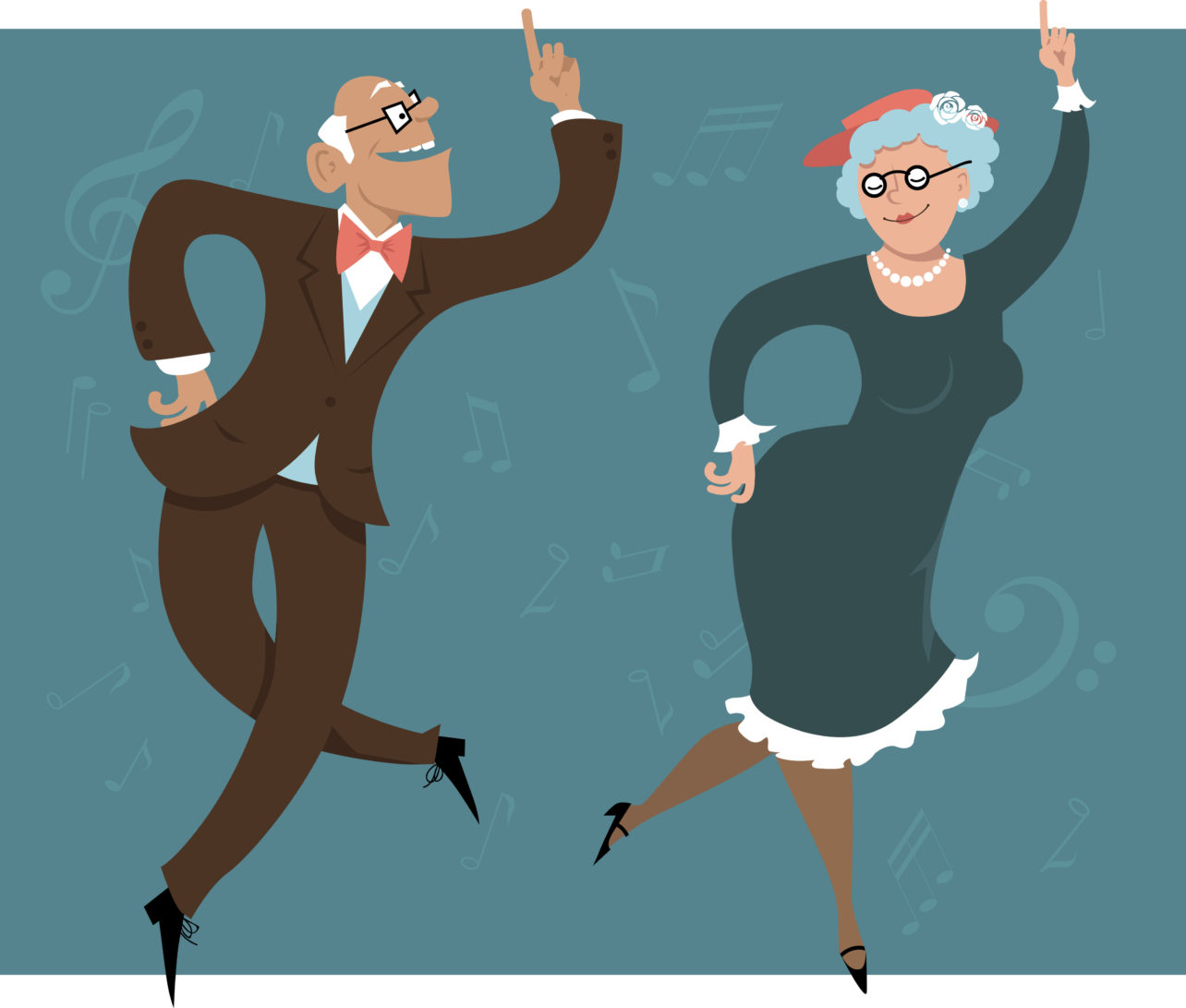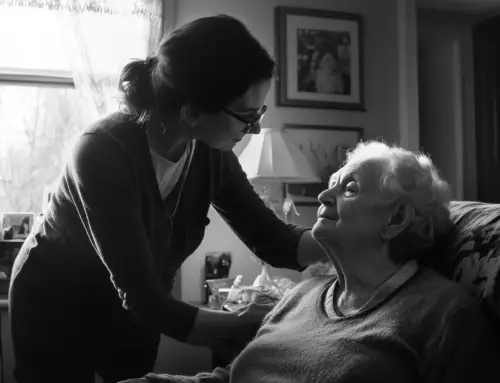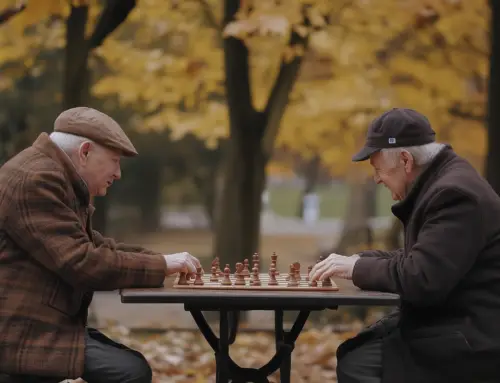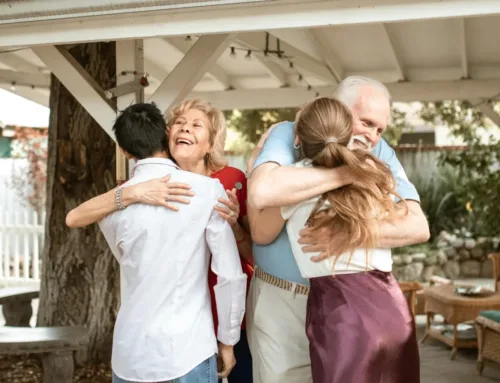Nursing Home Technology Monitors Elder Activities
Many of us are balancing the care of our aging parents and working full-time jobs, and taking care of our children. So, how do you monitor the activities of elderly parents? The advent of new-age technology has sensors, voice activation, GPS, Bluetooth, cellular connectivity via mobile phones, smartphone monitoring apps, and sophisticated computers that are of great help. It works, no matter where the parents are and what they are doing in the house. It can help detect falls and let us keep up with their whereabouts.
Remotely Monitor Elderly Parents
You will find many devices available to help you remotely monitor your aging parents through the use of motion detectors and alerts, and GPS-enabled devices. A motion sensor device, such as video monitoring cameras, is one of them. After sixty years, people want to stay in their homes as long as possible. So there is a need to find ways to help them age in place. This is where remote monitoring systems are most helpful. This technology can help track our elderly parents when they are at home alone, through all seasons. It means that help can be available at the touch of a button if they need it.
Remote monitoring technology began with baby monitors. But these monitors today help adult family members to hear, see, and respond to the requirements of their senior parents while they are working, at school, or taking care of their children. The elderly are also at peace of mind. They are assured that emergency services will answer when there is a fall situation, medical problem, or memory illnesses.
These advances are of great help to monitor the physical health of ill patients. Remote monitoring systems also help alert caregivers if the parent is unable to get to a phone.
Some beneficial electronic devices to monitor elderly parents are:
- Grandparent monitors
- Baby monitors for dementia patients
- Movement sensors for the elderly
- Life alert for seniors
Read on to find which one will work best for your situation.
Types Of Remote Monitoring Systems For Senior Parents
From full house sensors to wearables, there is a range of remote monitoring systems used by caregivers of elderly parents. Few come with Alexa-enabled features smartphone apps giving the caregiver an easy way to monitor their senior loved ones.
These monitors are designed for elderly parents to help them track each other. It is excellent to have if one or both of them have medical concerns or are accident-prone. For people with dementia or Alzheimer’s, monitors come with motion sensors. It will alert caregivers and family members if the elderly leaves the house. These monitors typically come with wearable electronic trackers like jewelry.
Grandparent Monitor
It is a passive monitoring system that tracks the activities of elderly parents for the entire day. The cameras with motion detectors and panoramic capabilities will be fixed for every room in the house. It also detects falls, checks indoor temperatures, and helps shut-in seniors communicate with their families. It will make monitoring easy with user-friendly smartphone apps.
Following are the three examples of excellent grandparent monitoring systems to consider.
Security Camera
The camera has WiFi capability with facial recognition and advanced night vision. It can track senior parents with motion-detecting sensors combined with live video. It comes with a phone app that will alert family members and caregivers if there are unusual activities. It also is Alexa-capable and has hands-free two-way calling so you can talk to your parents and ask if they are okay.
Truesense Monitoring System
It is another passive monitoring system that helps to monitor loved ones by using panoramic cameras, motion detectors, contact sensors, and wearable trackers that can detect falls and sensors to detect movements. This system is excellent for elderly parents with cognitive or memory problems who could live at home where they would be comfortable instead of living at a nursing facility. It, too, is Alexa-enabled.
Motion Sensors
A relatively new product and service are the Motion Sensors. You have to place it throughout your senior loved one’s house. No cameras or audio devices are involved in this. Sensors are connected through an app on the caregivers’ phone.
The person’s daily routine is entered into the app, and the family members are monitoring it.
The family members or caregiver then get alerts on their phone for events such as-
- if the elderly leaves the house
- when they come back to the house
- spends extra time in the restroom
- which room they are present
- when they wake up
- and other times as well
These monitored events are customizable. The point is that you will be able to “stay alerted” as to where your senior loved one is throughout the day.
Baby Monitors For Dementia Patients
Several useful full-featured baby monitors can help caregivers remotely monitor an elderly parent or loved one with dementia or Alzheimer’s. Parents who have dementia and Alzheimer’s are the most difficult to monitor because of their erratic behavior. Still, families who don’t want to put them in a nursing home can keep track of them using a baby monitor.
It is sound-activated. It comes with 2-way audio where one or more family members or caregivers can monitor the elderly, where both are free to move around the house.
You can also place a baby monitor in every room, along with motion detectors and door sensors with alarms.
This way, they can either be in the same house or monitor a parent remotely from another home, school, or shopping. The apps will send alerts to their devices if there is a problem.
Movement Sensors
You can also use bed pads and area rugs to monitor the elderly. They have pressure sensors that will trigger an alarm to sound as soon as they leave the bed or step on a rug. These smart mats are cordless mats with a cordless alarm. Some models have a smart outlet so that it can be attached to a lamp. When the elderly parent gets out of bed and steps on the smart mat, the lamp turns on, and the alarm alerts a caregiver in another room simultaneously.
Movement sensors are also available as wearables such as necklaces, bracelets, and watches. These contain sensors that are good for detecting falls if the senior is in the house, and most have buttons the wearer can push if they have a medical emergency.
Life Alert For Seniors
It provides emergency alert services for seniors with medical problems 24 hours a day. It works via a base station and a pendant that the senior wears around their neck or a wristband. It can detect falls indoors or outdoors and will summon help if the senior has a medical emergency.
There are different charges for separate components, depending on the type of system your loved one wants and whether they’ll need additional features like a HELP button or GPS capability. Their HELP button is a shower-mounted button that can be activated if the seniors have problems while bathing.
Life Alert’s personnel will respond whether the patient answers or not and will alert first responder services and the senior’s family. Their services include fire and intrusion alerts, which give seniors and their families greater peace of mind.
Devices give the elderly the opportunity to avoid or delay the nursing-home decision. With a dazzling array of new technology, older people have more confidence in their ability to live alone. “Smart” software is making aging in place a viable option for an increasing number of people.
If you’re interested in learning about more new-age software that helps caretakers provide more personalized care, check out Care Planning Software. While the monitors and technology mentioned above can help ensure loved ones have their physical needs met, StoriiCare helps providers make sure patients receive enrichment and person-centered care.




